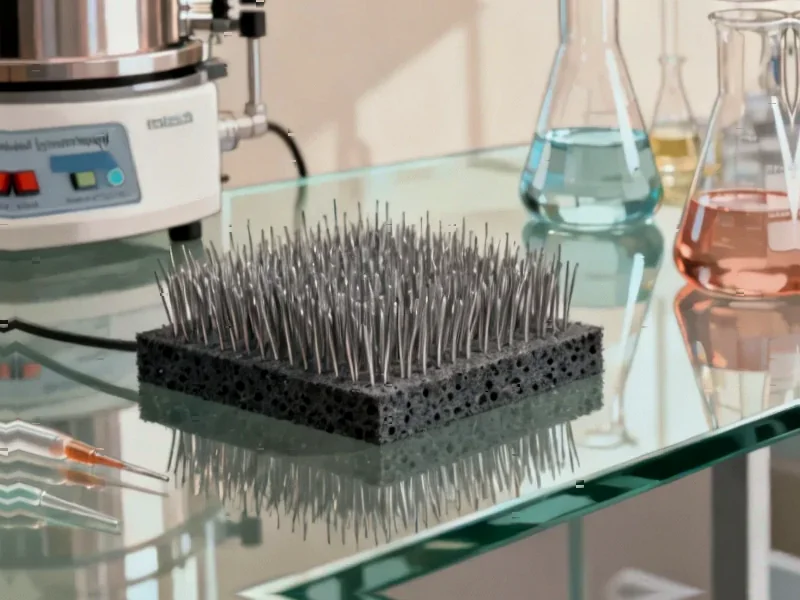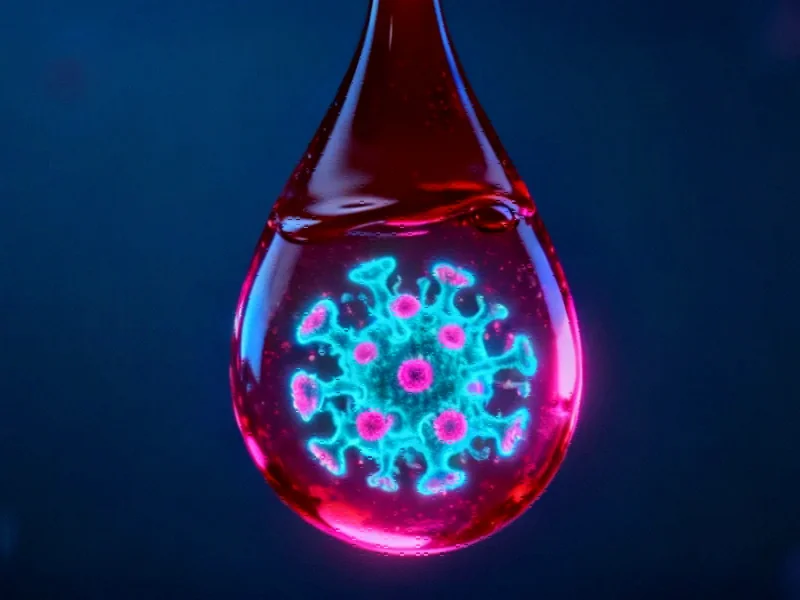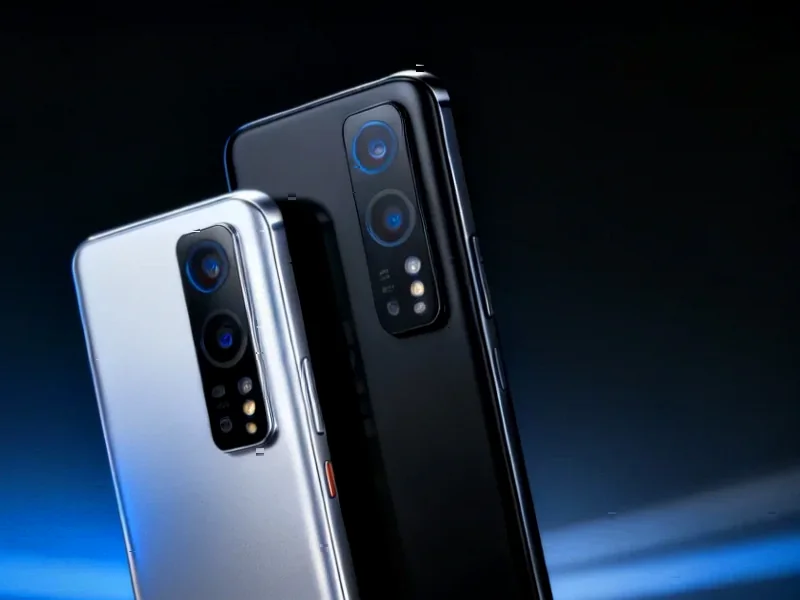According to Bloomberg Business, South Korea’s LG Chem Ltd. and China’s Sinopec Group have formed a strategic partnership to develop materials for sodium-ion batteries, positioning themselves at the forefront of next-generation energy storage technology. The battery manufacturer confirmed it signed an agreement with Sinopec last month specifically targeting cathode and anode materials development for sodium-ion cells. Sinopec, while being China’s largest crude oil refiner, is actively expanding into new energy businesses as part of its diversification strategy. The partnership represents a significant move by two industrial giants to capitalize on the growing demand for alternatives to lithium-ion technology.
The Sodium-Ion Technical Advantage
Sodium-ion batteries represent a fundamental shift in battery chemistry that addresses several critical limitations of lithium-ion systems. Unlike lithium, which is geographically concentrated and subject to supply chain volatility, sodium is one of the most abundant elements on Earth, constituting approximately 2.6% of the Earth’s crust. The chemistry operates on similar intercalation principles as lithium-ion but uses sodium ions shuttling between electrodes. What makes this partnership particularly significant is the focus on cathode and anode materials – the heart of any battery system. Current sodium-ion designs typically use layered metal oxides or polyanionic compounds for cathodes and hard carbon for anodes, but the performance characteristics vary dramatically based on the specific material combinations.
Reshaping Global Battery Supply Chains
This collaboration between a Korean chemical giant and Chinese energy leader could fundamentally alter global battery supply chain dynamics. Lithium supply chains are currently dominated by a handful of countries, with China controlling approximately 60% of lithium refining capacity despite having limited raw material reserves. Sodium-ion technology bypasses this geopolitical bottleneck entirely. The partnership leverages LG Chem’s expertise in advanced materials manufacturing with Sinopec’s massive industrial scale and existing chemical processing infrastructure. This combination could enable rapid scaling that would be impossible for smaller startups, potentially bringing sodium-ion batteries to price parity with lithium iron phosphate (LFP) batteries within 2-3 years.
Performance Characteristics and Market Applications
While sodium-ion batteries currently lag behind lithium-ion in energy density – typically offering 100-160 Wh/kg compared to 200-300 Wh/kg for advanced lithium chemistries – they excel in several key areas that make them ideal for specific applications. Their superior safety profile, with lower risk of thermal runaway, makes them particularly suitable for grid storage and residential energy systems where safety is paramount. Additionally, sodium-ion batteries maintain better performance at extreme temperatures and can be discharged to zero volts without damage, features that lithium chemistries cannot match. The technology also enables faster charging capabilities and significantly longer cycle life in certain configurations, with some prototypes demonstrating over 4,000 cycles with minimal degradation.
Scaling Challenges and Material Science Hurdles
The transition from laboratory success to commercial production presents substantial technical challenges that this partnership must overcome. Sodium ions are approximately 30% larger than lithium ions, which creates structural stress during charge-discharge cycles and can lead to faster degradation of electrode materials. Developing cathode materials that can accommodate these larger ions while maintaining structural stability is a key research focus. Anode development faces similar challenges, as graphite – the standard in lithium-ion batteries – doesn’t intercalate sodium ions efficiently. The partnership will need to optimize hard carbon production at scale, which requires precise control of precursor materials and pyrolysis conditions to achieve the necessary pore structure and surface chemistry.
Broader Industry Implications
This partnership signals a strategic recognition that the energy storage market will become increasingly segmented by application rather than dominated by a single chemistry. While lithium-ion will likely maintain its position in mobile applications where energy density is critical, sodium-ion is positioned to capture massive market share in stationary storage, low-speed electric vehicles, and backup power systems. The collaboration also represents a significant competitive threat to established battery manufacturers who have heavily invested in lithium-ion production capacity. As sodium-ion technology matures, we may see a repeat of the solar panel industry’s evolution, where Chinese manufacturing scale combined with advanced materials science drives rapid cost reduction and global market transformation.




